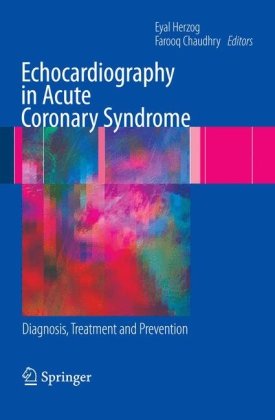

Most ebook files are in PDF format, so you can easily read them using various software such as Foxit Reader or directly on the Google Chrome browser.
Some ebook files are released by publishers in other formats such as .awz, .mobi, .epub, .fb2, etc. You may need to install specific software to read these formats on mobile/PC, such as Calibre.
Please read the tutorial at this link: https://ebookbell.com/faq
We offer FREE conversion to the popular formats you request; however, this may take some time. Therefore, right after payment, please email us, and we will try to provide the service as quickly as possible.
For some exceptional file formats or broken links (if any), please refrain from opening any disputes. Instead, email us first, and we will try to assist within a maximum of 6 hours.
EbookBell Team

4.4
12 reviewsCoronary artery disease is the most commonly encountered problem in adult cardiology in the developed world. In the US, more than 70 million people are at risk for developing coronary artery disease (CAD) and it is responsible for almost 40% of all deaths each year. The reliable evaluation of patients with suspected ischemic heart disease is therefore critical to identifying those at risk for CAD.
Initially used to detect pericardial effusions and cardiac tumors, the development of echocardiography as a dignostic tool has paralleled the progress made in acute coronary syndrome (ACS), and ACS is now the most common indication for echocardiography.
Echocardiography in Acute Coronary Syndrome: Diagnosis, Treatment and Prevention details the role of echocardiography in diagnosing and managing ACS. It provides a practical approach using evidence-based pathways for prevention, rapid diagnosis and treatment of patients with acute coronary disease using echocardiography. Also included are a number of case scenarios encountered in everyday practice for which echocardiography had significant clinical impact making this a convenient reference for all involved in the management of these patients, from echocardiographers and cardiology clinicians to emergency room personnel, and internal medicine and cardiology trainees.